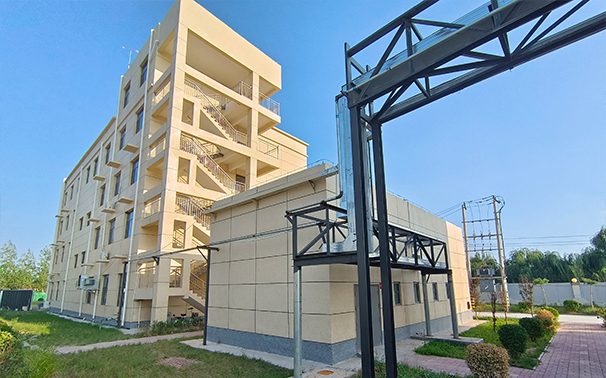polymaleic anhydride
The Versatile Polymer Polymaleic Anhydride
Polymaleic anhydride (PMA) is a fascinating polymer that has garnered significant attention in various fields due to its unique chemical properties and versatile applications. As a derivative of maleic anhydride, PMA retains the core characteristics of its monomer while offering a broader range of functionalities. This article delves into the structure, properties, synthesis, and applications of polymaleic anhydride, highlighting its importance in modern materials science and engineering.
Structure and Properties
Polymaleic anhydride is a type of polyene that is characterized by a repeating unit derived from maleic anhydride. The structural formula reveals a double bond between carbon atoms, which plays a critical role in the polymer's reactivity and bonding capabilities. One of the most notable features of PMA is its anhydride functional groups, which can readily undergo hydrolysis, esterification, and other chemical reactions. This reactivity enables PMA to act as an effective coupling agent, compatibilizer, and cross-linking agent in various formulations.
One remarkable aspect of polymaleic anhydride is its inherent amphiphilicity. The presence of both hydrophilic and hydrophobic segments within the polymer chain allows for the formation of micelles, which can be particularly useful in drug delivery systems. Additionally, PMA demonstrates good thermal stability and resistance to degradation, making it a suitable candidate for applications that require durability and longevity.
Synthesis
The synthesis of polymaleic anhydride typically involves the polymerization of maleic anhydride through various methods, including free radical polymerization, anionic polymerization, and condensation polymerization
. The choice of method can influence the molecular weight, distribution, and physical properties of the resulting polymer. Special attention is often given to the reaction conditions, such as temperature and catalyst selection, which can significantly affect the efficiency of the polymerization process.Moreover, post-functionalization of polymaleic anhydride is commonly employed to tailor the material for specific applications. By introducing different functional groups, it is possible to enhance the polymer's solubility, hydrophilicity, or affinity for different substrates, thereby expanding its range of uses.
polymaleic anhydride

Applications
The unique properties of polymaleic anhydride contribute to its wide array of applications across multiple industries. One of the key areas of application is in water treatment. PMA is utilized as a scale inhibitor and dispersant in cooling water systems, preventing the formation of scale deposits and enhancing the efficiency of water usage.
In the field of coatings, PMA serves as an excellent additive that improves the adhesion and durability of various paints and varnishes. Its ability to act as a binder enhances the overall performance of coatings, making them more resilient to environmental factors such as moisture, heat, and UV radiation.
Polymaleic anhydride also shows promise in the pharmaceutical industry. Its amphiphilic nature enables it to encapsulate hydrophobic drugs, facilitating their delivery and improving bioavailability. This aspect is particularly beneficial for targeted drug delivery systems, where controlled release is crucial for therapeutic efficacy.
Furthermore, PMA has found utility in the field of agriculture as a soil conditioner and as a component in slow-release fertilizers. By modifying the release profile of nutrients, polymaleic anhydride can optimize plant growth while minimizing environmental impact.
Conclusion
In summary, polymaleic anhydride is a versatile polymer with a broad range of applications stemming from its unique structure and properties. From enhancing water treatment processes to improving coatings and facilitating drug delivery, PMA plays a crucial role in advancing technology across various sectors. As research continues to uncover new functionalities and potential applications of this polymer, it is poised to become an essential material in shaping future innovations. Understanding and optimizing the use of polymaleic anhydride could lead to significant advancements in sustainability, efficiency, and effectiveness across many industries, making it a topic of growing interest among scientists and engineers alike.
-
Understanding Polycarboxylic Acids: Properties, Applications, and Future PotentialNewsJul.28,2025
-
Scale Inhibitor Explained: How to Protect Your System from Limescale and Hard Water DamageNewsJul.28,2025
-
Scale and Corrosion Inhibitors: Essential Chemicals for Industrial Water System ProtectionNewsJul.28,2025
-
Polyaspartic Acid: A Biodegradable Polymer for Sustainable ChemistryNewsJul.28,2025
-
Isothiazolinones: A Versatile Antimicrobial Class with Industrial Power and Regulatory ChallengesNewsJul.28,2025
-
A Deep Dive into 2-Phosphonobutane-1,2,4-Tricarboxylic Acid (PBTC)NewsJul.28,2025





